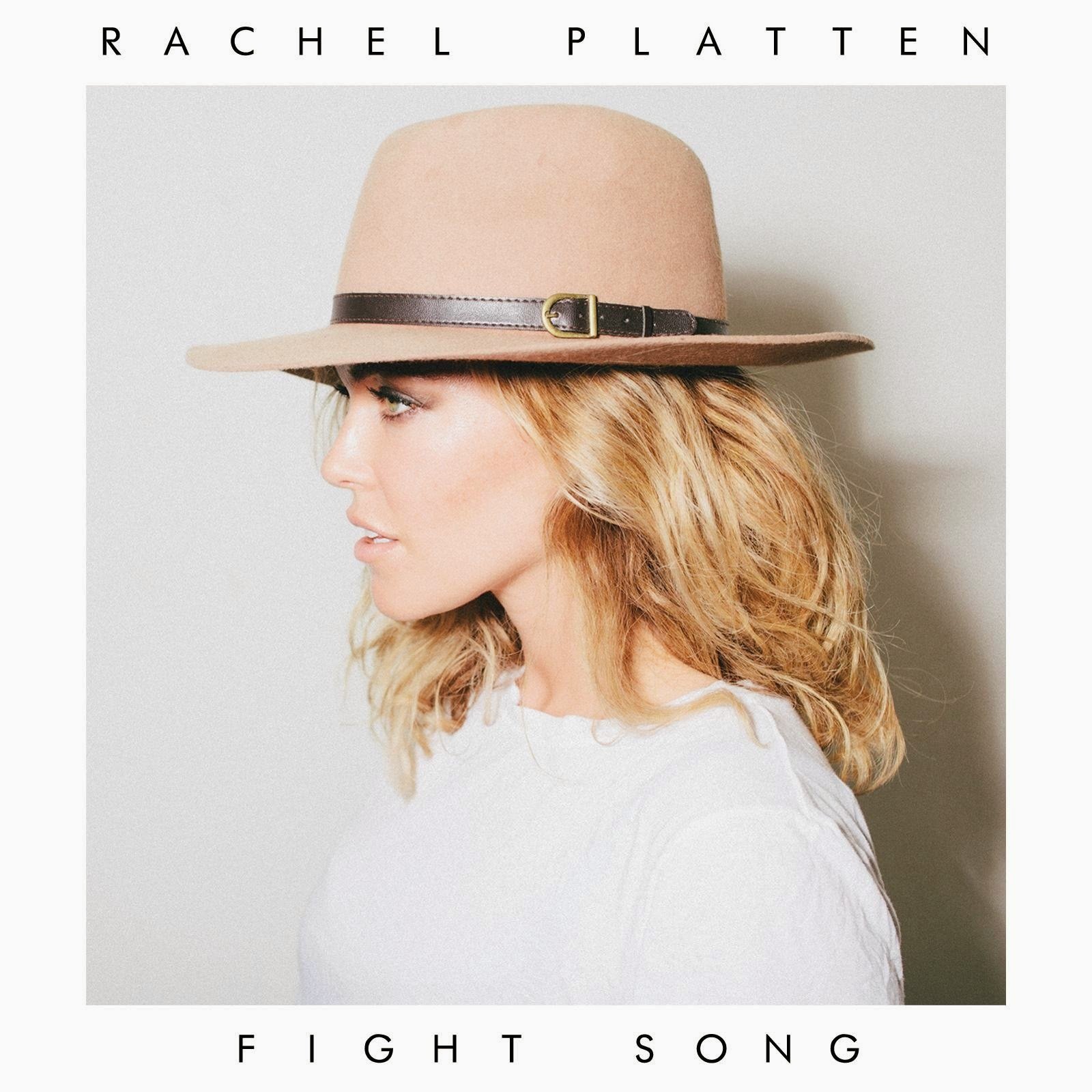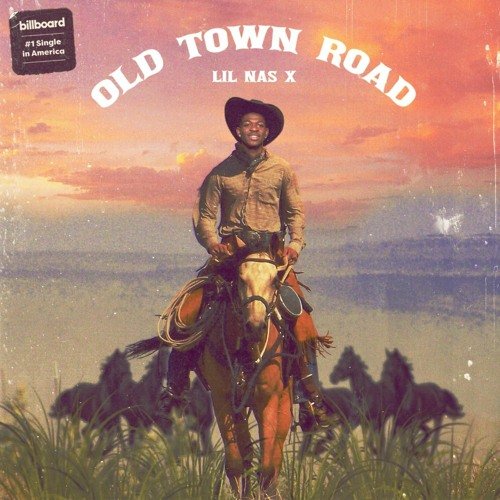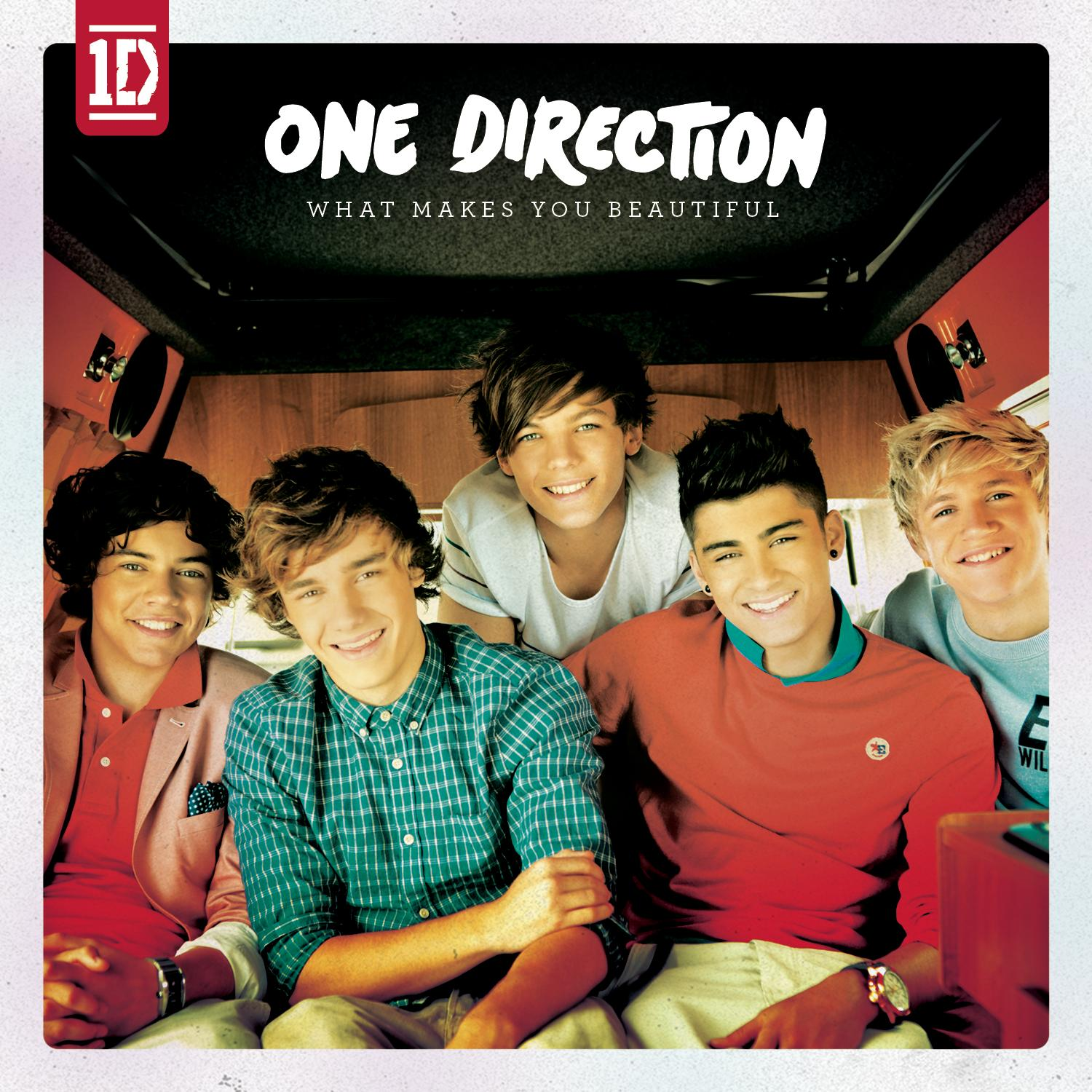The Fun Way to Teach Recorder
Recorders, every music teacher’s dream, right?
As I’m sure many elementary music teachers can understand, I avoided teaching recorders for awhile. Just the thought of shrill chaos was just too much. But recorders eventually won me over, because after all, they are an incredible starter instrument for young music learners. They help with improving fine motor skills, reading music, learning techniques used in wind instruments, and playing in an ensemble. And now I have to say, I’ve had so much fun teaching recorder to my students!
It turns out that Recorder Karate is king for teaching beginner recorder. This self-paced method begins with “Hot Cross Buns,” and when students play the song successfully, they earn a “belt” of yarn to add to their recorder or key chain. The concept is a good one, and let’s face it – “Hot Cross Buns” has become an American cultural rite of passage!
However, once the recorder’s “newness” wears off and students realize they have to work hard in order to sound pleasant, it can take more than learning nursery rhymes to stay motived.
I wanted catchy, singable, recognizable music to keep students engaged and invested. And so, I made my own additions to the Recorder Karate collection.
The students LOVED the new additions, and the fun in the air was palpable. They sang the songs and then played the excerpts over and over on their own. They formed their own bands, rehearsed, and performed for one another. They did all of this without my direction or coaxing. They were hooked, because the music was relevant to them!
One day on a whim I created a Teachers Pay Teachers account and uploaded my Recorder Karate Pop Music Bundle and figured if it helped just one music teacher save some time lesson planning, that would bring me satisfaction. I logged out and forgot about it until six months later, when I discovered it had been downloaded almost 800 times! My jaw dropped!
Below you’ll find more details about my recorder unit, complete with free, printable PDFs for you to use with your students. I hope they have a ball!
Recorder Karate Pop Packet
Free Printables for your Classroom
Included in the Bundle
Using pop songs in our Recorder Karate unit has been wonderfully engaging. Students are excited to learn songs that are relevant to them and able to work on songs independently and in small groups with color-coded sheet music and fingering charts.
Eye of the Tiger by Survivor
Fight Song by Rachel Platten
Old Town Road by Lil Nas X
What Makes You Beautiful by One Direction
Recorder Fingering Charts: Our fingering charts are color-coded to match the song selections (they also match our Solfege posters and Boomwhacker scale!)
Recorder Belt Rubric: More details below ↓ about assessing student learning.
Recorder Unit
Teaching Ideas for Elementary Music • Grades 3, 4, & 5
Materials
Soprano Recorders for every student. I use Key of C, German style fingering, and even let students select their color choice before I placed my order.
Bucket/Crate for recorder storage. Select a student leader each week to carry the bucket back and forth to their homeroom.
Embroidery Floss or short pieces of yarn to use as “belts” (to match our pop selections, I used orange, blue, brown, and red).
Clear Hair Ties for attaching recorder belts to their recorders.
FYI: When you click and buy products from any of these links, I may earn some amount of affiliate commission – bonus!
Procedures & Classroom Management
Resting Position: We practice Resting Position while learning any instrument in our classroom. If someone plays (at all!) while we’re supposed to be in resting position, they have to put their recorder away in its case for approx five minutes.
No Screaming In Music: This is a general classroom rule we usually use with our voices, applied here to recorders. If someone uses their recorder to screech/scream, it has to be put away in its case for approx five minutes.
Question Zone: It is important in our classroom to respect other performers by not interrupting them. While I’m assessing students in the “Hot Seat,” I designate a “Question Zone” a few feet away, out-of-sight from the performer. That way, I can see when someone has a question, and they can wait until the performer is finished (instead of interrupting!).
(Not) Practicing at Home: In order to avoid lost/forgotten recorders, I always give students the option of leaving their recorders in our bucket at school. My classes focus around the joy of making music together, and so I do not expect my elementary students to practice at home. Students know they have to finish their packets in a certain number of weeks, and so some students opt to take their recorders home in order to practice, get ahead, and have time to learn extra credit songs. Others might goof around with their recorders for awhile (which sometimes manifests in improvisation/composition, so that’s cool!) before buckling down and learning the songs in their packets. I guess you could say it’s a lesson in time management!
Outside Classroom: I’m located in Los Angeles, where we are able to play music outside! This allows me to actually hear students in the “Hot Seat” while others are practicing further away.
Assessing Student Learning in The “Hot Seat”
In order to earn each Recorder Karate belt, each student has to sit in the Hot Seat and play their song excerpt for me. This gives me time to offer some one-on-one instruction and give technique suggestions. Even though they are only performing for me and not their other classmates, some students get very nervous! We talk a lot about how performance nerves (like our hearts racing) are actually get-ready signals, preparing our bodies for an exciting challenge.
Rubric
I try to make assessment as objective as possible by using the following rubric. For each song, there are seven assessment categories that are each worth three points. Students must earn at least 17 (out of 21) points in order to earn their belt.
The rubric assesses pitch accuracy, using correct rhythms and maintaining a steady beat, articulation and tonguing, pure intonation with soft and steady air, tall posture and keeping the left hand on top, using correct fingerings, and playing in the appropriate style.
Each student keeps their own rubric in their music-classroom folder. I keep a master to track everyone’s scores (important in case anyone loses their rubric!).
Students can learn the songs and earn their belts in any order they choose.
Students are given 1 (or maybe 2) false starts before I ask if they would like some more time to practice. They are often very self-aware and know when there is more work to be done!
After they play the excerpt, I let them know something that went well, and something that needs to be worked on. Many times I adjust their technique and ask them to play again, so that I can help them practice more effectively.
Students can retrieve any earned belts at the end of class while everyone is packing up.
Check out all of Mosey Creative’s education resources on Teachers Pay Teachers and Etsy. Thank you for giving the gift of music to your students!









